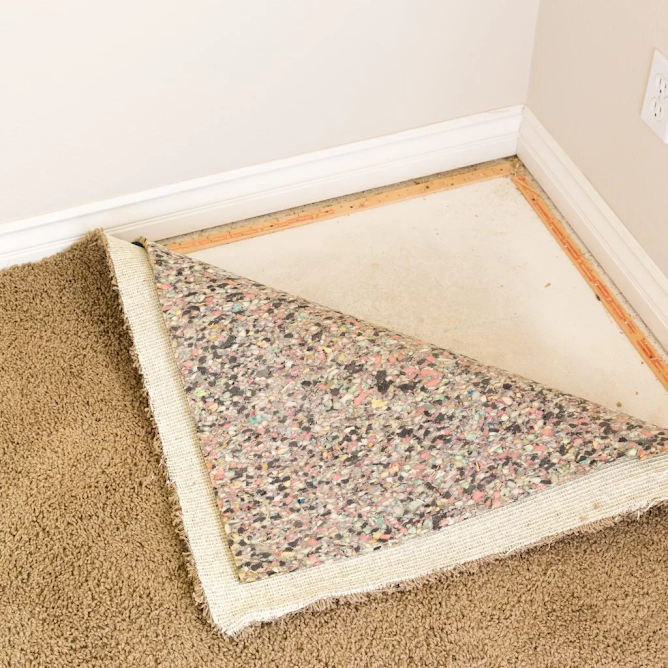How Sisal Carpets Stand the Test of Time: Durable and Sustainable Flooring
Sisal Carpets are a great addition to any room in the home, adding texture and depth while being super hard wearing. Sisal rugs are made from the leaves of the Agave (or Cactus) plant, and can be woven into a variety of weaves and colourways to suit your decor. Sisal is also a great natural fibre which dyes extremely well, and Knotistry have a large selection of colours from earthy tones to vibrant shades, perfect for those looking to add a splash of colour to their home.
The biggest advantage of sisal over synthetic carpet is its strength and durability
The biggest advantage of sisal over synthetic carpet is its strength and durability. Due to the toughness of natural fibres, they are much less prone to tearing and crushing than synthetic varieties. This makes them a good choice for homes with children and pets, as they are unlikely to be damaged by their frequent use. Sisal rugs are also known to hold their shape really well, so if you have a heavy piece of furniture sitting on them for long periods of time, the rug will not lose its form or become misshapen over time.
The downsides to this durability is that sisal does not wear as well
However, one of the downsides to this durability is that sisal does not wear as well as other types of flooring and may show signs of fading over time. This is particularly the case for those who have a lot of sunlight in their rooms. Another drawback is that it is incredibly absorbent and can stain quite easily if liquid spills are not cleaned up straight away. This makes it a good idea to keep sisal rugs out of damp areas and basements and should not be used in kitchens or dining areas as they can get mildewed if they are saturated with water.
To prevent the rugs from becoming misshapen, it is best not to vacuum with a beater bar
As with all rugs, it is a good idea to vacuum jute and sisal carpets regularly, removing dirt and grit which could wear down the fibres over time. To prevent the rugs from becoming misshapen, it is best not to vacuum with a beater bar, and it is advisable to use a low suction setting to avoid tumbling the fibres. It is also important to blot any spills and stains right away, rather than rubbing them in, as this will help to avoid permanent damage to the fibers. It is a good idea to also use something like Intec on your rugs as this will make them repel liquids, reducing their ability to soak into the fibres.
Conclusion
In addition to its durability and resistance to stains, sisal carpets are also considered to be one of the most eco-friendly options available. The material is a naturally renewable resource and is biodegradable. It is also a more sustainable option than synthetic carpets, as it requires significantly fewer fossil fuels to produce.



Comments
Post a Comment